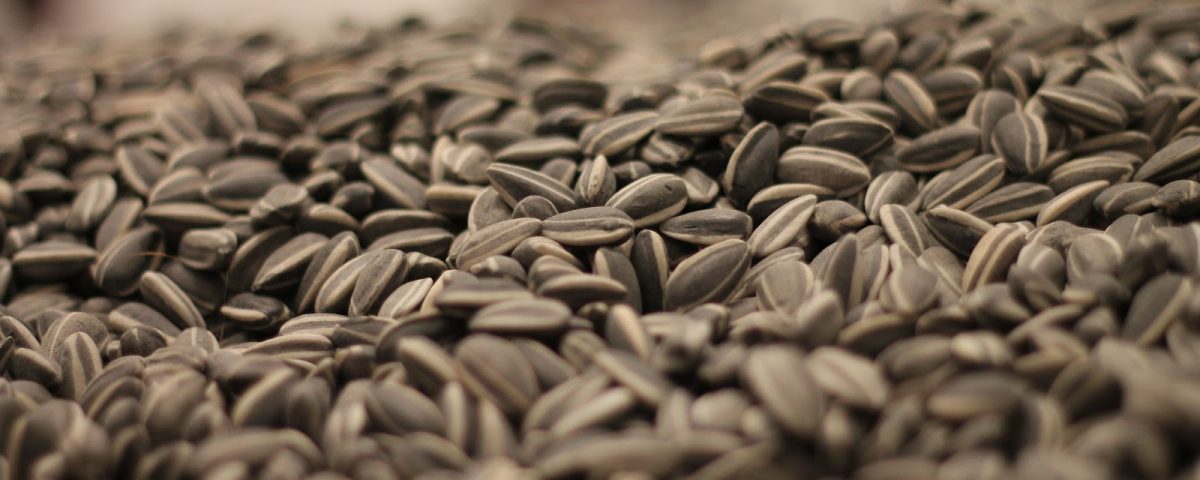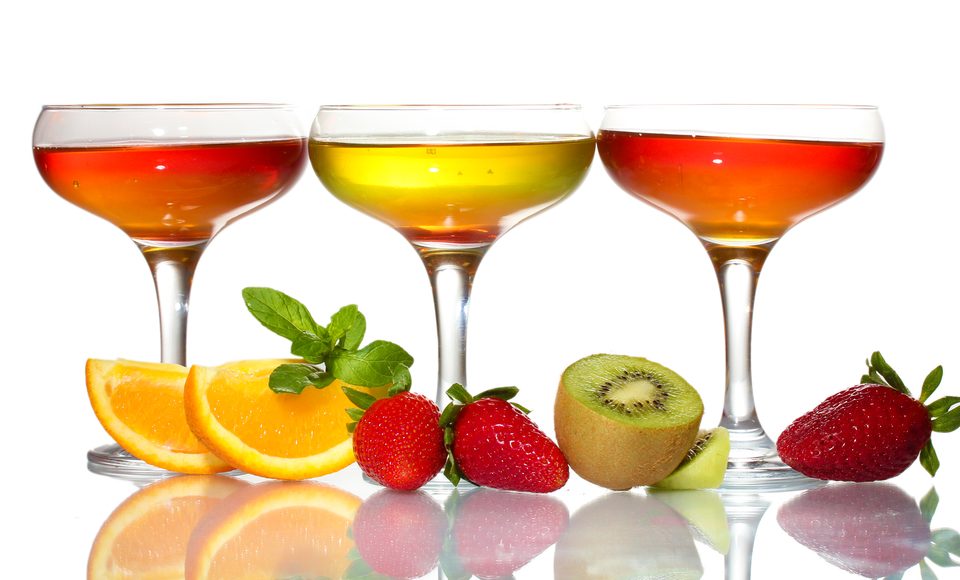Even on a healthy diet, did you know that you might not be getting enough vitamin E? Even supplements might be the wrong decision. Today I want to have a conversation about vitamin E – what it can do for you, how much you need of it, and where you can find it.
- Have any questions?
- 480-631-7837
- support@in-goodhealth.com

Sleep Apnea: How To Test, And Treat, For Sweet Dreams
March 2, 2024
The T3 Trap: Why ‘Higher is Better’ Can Backfire
March 8, 2024
Sleep Apnea: How To Test, And Treat, For Sweet Dreams
March 2, 2024
The T3 Trap: Why ‘Higher is Better’ Can Backfire
March 8, 2024Product Recommendation: RS Complete benefits GI health through its ability to support microbial balance and proper intestinal permeability and integrity. Additionally, this formula may help support optimal blood sugar and insulin levels, appetite control, and cardiovascular health. Click Here
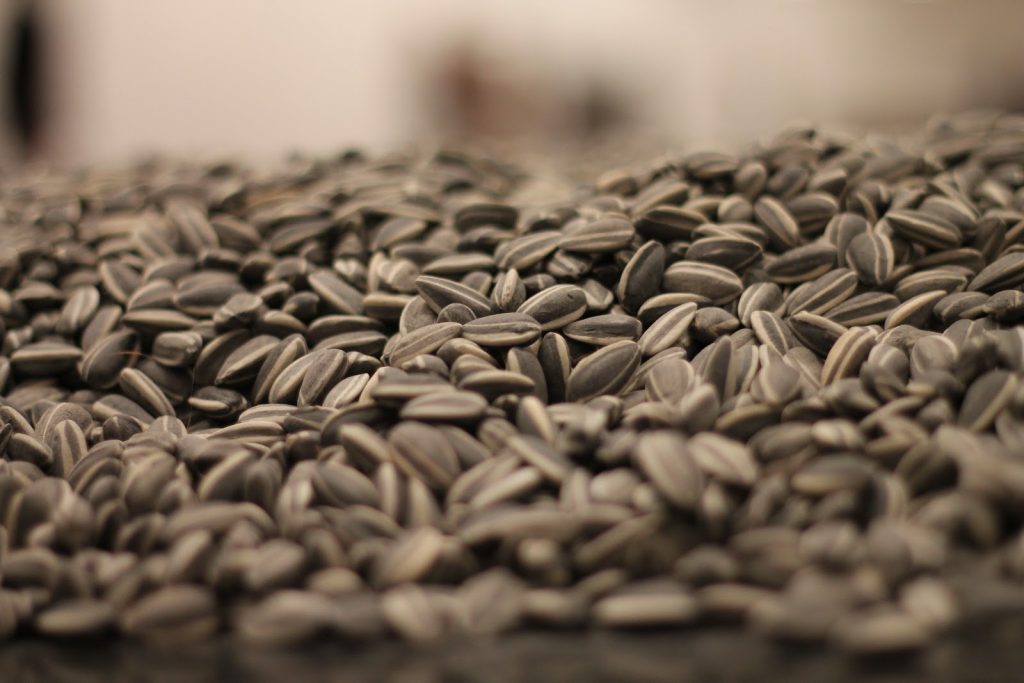
Vitamin E: Summarized
How much do you know about vitamin E? The first thing that you need to know about vitamin E is that it is good to have in the diet, but it can be hard to get even on the healthiest of diets. The best food sources of vitamin E include:
- Sweet potatoes
- Golden potatoes
- Sunflower seeds
- Almonds
Supplements can be useful if they are low in potency (less than 50 units of alpha-tocopherol), and 100 or more mixed tocopherols is perfect. The truth is that you can already be covered, but I will tell you more about that later on in this article.
Bottom Line: Vitamin E is all about having the right mix, and the right food sources to back it up. As we perform our deep dive into vitamin E, you will learn more about the history, the types, the best food sources, and what you can do to get your levels just right.
The Historical Perspective
Vitamin E is a relatively new discovery, having been found in 1922 (which means that the 100-year anniversary is just around the corner). It was first understood as being a factor for fertility amongst lab animals.
For a while, it was considered to be something of a cureall – almost like it had magical properties and could help:
- Cut cancer risks
- Deal with cardiovascular disease
- Handle neurodegeneration
- Heal cataracts
Where did that come from? A lot of it was based upon a dated “free radical” theory of disease. Nowadays, we think about vitamin E as being more critical towards the repair of cell membranes and gene regulation.
Looking back on those high expectations from the early life of vitamin E, there has been a history of large interventional studies. This is where patients received vitamin E, in hopes of treating certain disease (more specifically with cardiovascular disease).
The studies, truly, have been mixed. Many of them have been either negative or simply disappointing. Some even showed increased mortality. In recent years, though, some of these studies have been challenged.
Bottom Line: In the end, it turns out that there are different kinds of vitamin E that we need to be mindful of in the world of health. For this reason, the results of these past studies may have been skewed in some ways depending on this factor (like high-dose isolated vitamin E, or synthetic vitamin E).
Vitamin E: Defined
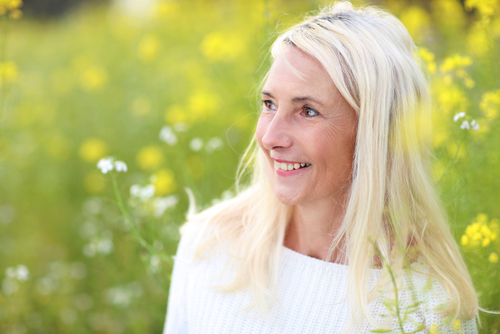
So, let’s develop a really solid understanding of vitamin E. It is basically one of the fat-soluble compounds that scavenge some free radicals. We find a lot of variety of things that act like vitamin E, and these are called tocopherols and tocotrienols.
When vitamin E is synthesized, there are two kinds of that process. A concept of that is called stereo isometry. Look at your hand and what do you see? You can have one hand, and another, that have the same thumb and four fingers.
What do you notice about them? If you press your hands against one another, they are mirror images (meaning that they would not line up properly if you stacked them on top of one another). They have the same essential elements, but they are mirrored off one another.
This concept is what we know as stereo isometry, and it comes up a lot in organic chemistry. This means that when vitamin E is synthesized, there is a D form and an L form. The synthetic version is then what we know as dl-alpha-tocopherol.
For a lot of years, synthetic vitamin E was what was used. We know now that the inactive form, the D form, is not what we find in a lot of foods. In fact, it may inhibit some of the good effects that vitamin E can have on our body.
Bottom Line: What we need to know about vitamin E is that there are distinct types, and getting the right amounts of each helps optimize our intake of this important vitamin.
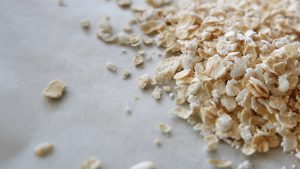
Natural Vitamin E
Of the tocopherols and the tocotrienols, there are four types of each (8 in total). They are denoted by the Greek letters:
- Alpha
- Beta
- Gamma
- Delta
In foods, we see a large spectrum of tocotrienols and tocopherols in some of the best, densest food sources. When we talk about a full spectrum, including the foods that are mentioned earlier in this article, we also need to make room for:
- Oats
- Wheat
- Barley (Read: 30 Amazing resistant starch foods for better digestion)
- Rye
- Rice bran oil
- Wheat germ1
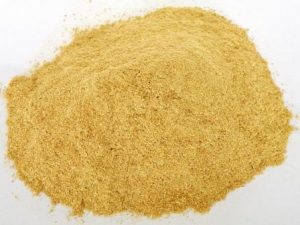
Bottom Line: Due to the sheer amount of types, vitamin E is all about enjoying the proper mixture for optimal health. When you look into the main food sources, you need to ensure this mix so that you are not blocking the positive effects of vitamin E on your body.
What Does Vitamin E Do?
What are some of the key benefits of vitamin E? In the body, it is used to regulate muscle growth, nerve repair, fertility, controlling how red blood cells get recycled, for governing cell membrane health, and for gene expression.
Can You Get Too Much?
This all depends on how we define “too much.” Can you become poisoned by a large amount of vitamin E? That is doubtful. There is a point, though, where someone might experience bleeding from excessive supplemental sources of vitamin E. This is likely above 1500 units per day.
That is a lot of vitamin E, and most supplements are going to be around 400 – 800 units. It is conceivable for someone to get too much, though, and this is ultimately a short-term consideration.
Is It Good To Supplement Vitamin E?
Studies detailing the effects of supplementing vitamin E have had lots of different outcomes. It is also based on a few key factors, such as:
- The type used
- How much people take
- How long they take it for
- Whether it is by itself or combined with other nutrients
Some studies have shown that when you combine vitamin E with vitamin C, in high enough amounts, the C can act as a prooxidant. This can result in oxidative stress, which shows that together vitamin E does not always synergize well with other vitamins.
Cardiovascular Disease
When it comes to cardiovascular disease, the results are mixed. There really is no measurable benefit, and only notable drawbacks (like from high-dose alpha lipoic acid).
Cancer
In terms of cancer, there is also a lot of data. Generally speaking, we can see that low vitamin E is a clear risk factor for colorectal cancer.2 Those that have the lowest blood vessels do wind up having problems in this way.
On the positive side of things, there are encouraging results from upcoming studies on mixed tocopherols and the prevention and treatment of many versions of cancer. This applies particularly to kidney and bladder cancer,3 which has shown reductions of up to 19%.4
Fatty Liver Disease
Fatty liver is a sign that the body is not burning its fuel right. When you eat, your body breaks food down into fuel which either gets burned or stored as body fat. When you’re energized, you’re active and alert. Movement is effortless and life is good.
On the other hand, the more fat your body stores, the more you’re growing stuff you probably don’t want to grow and the more you’re just running down, feeling far from your best. When you store more, you’re more apt to have more fats, especially triglycerides, get stuck in your liver and enlarge it.
A healthy liver has about 1-3% fat. Once you get over 5% things start to go wrong. Once you get over 10%, disease usually sets in. All this fat can lead to problems like a poorly functioning liver, liver tissue scarring and, even, liver cancer (Read: Fatty liver disease).
It turns out that moderate amounts of tocopherols can do a better job of improving liver damage – which has then been proven by liver biopsy.5 It was also shown to be more effective than any medication in that same study.
Alzheimers & Mild Cognitive Impairment
While the data here might not be showing clear benefits, there are benefits suggesting that it may slowly decline over time (specifically in the case of Alzheimer’s disease). It might not prevent the disease altogether, but it might be able to help in slowing it down.
Hypothyroidism
An animal study that was performed suggested that vitamin E may lower damage to the thyroid gland (in the case of autoimmune thyroiditis).6
The Best Food Sources of Vitamin E

When you look at food servings in regards to vitamin E, you will notice a lot of uncommon amounts that you might not typically see in your standard diet. I have seen breakdowns that profile how much vitamin E is in a bunch of spinach, or an ounce of wheat germ oil, for example.
These amounts really are not reflective of the foods that we eat. For actual serving sizes, let me break it down for you on how you can understand the amount of vitamin E you are getting into your diet:
- Sunflower seeds 1/4 cup – 8-13 IU
- Almonds 1/4 cup – 9-10 IU
- Wheat germ 1/4 cup – 5 IU
- Wheat germ oil 1 tsp – 7 IU
- Cooked spinach 1/2 cup – 4 IU
- Golden potatoes 1 cup – 6 IU7,8
- Rice bran 1/4 cup – 6 IU
Key Insight: I want to quickly shine a spotlight on rice brain. Along with the good amounts of active tocopherols, rice bran is also high in tocotrienols, and then it has some unique compounds called orizenols (which are unique to rice).
Appropriate Dosages for Vitamin E
In order for vitamin E to work effectively, you want to get it in lower dosages, and you want it in forms that are more mixed. To have it synergized, in low doses, it helps to have them with antioxidants (like selenium, zinc, and small amounts of beta carotenoids).
Where can you find exactly all of this? The Daily Reset Pack is a great place to start for everything you need. You get a nice low-dose of natural alpha and mixed tocopherols high in gamma. Need to learn more? Here’s where you can get started…
Big Picture: Vitamin E
Please be sure that, along with the Daily Reset Pack, you are getting vitamin E in a variety of food sources, mostly because these are all great foods for plenty of other reasons – so it really cannot hurt to have them in your diet, or to have more of them.
There are tests available for vitamin E, but they are typically not as effective and quite expensive. Instead, we should focus on getting it in our diets, and with base supplementation whenever possible.

Get Your Body Dialed In
Knowing what is going on in your body is so important, and I want to help give you the keys to take back your health, and to take back your life. After learning a bit about vitamin E, and getting the right mix of vitamins in your body, why not check on your thyroid? Take the Thyroid Quiz (Click Here), and expand your knowledge to every part of your body.
1 – https://www.ars.usda.gov/SP2UserFiles/Place/80400525/Articles/jfca19_196-204.pdf
2 – https://www.ncbi.nlm.nih.gov/pubmed/28682917
3 – https://www.ncbi.nlm.nih.gov/pubmed/29141970
4 – https://en.wikipedia.org/wiki/Vitamin_E#cite_note-43
5 – https://www.ncbi.nlm.nih.gov/pmc/articles/PMC5497667/
6 – https://onlinelibrary.wiley.com/doi/full/10.1002/cbf.1119
7 – https://www.dietitians.ca/Your-Health/Nutrition-A-Z/Vitamins/Food-Sources-of-Vitamin-E.aspx
8 – https://journals.plos.org/plosone/article?id=10.1371/journal.pone.0187102

P.S. Whenever you are ready, here is how I can help you now:
- Schedule a Thyroid Second Opinion with me, Dr. C, Click Here for Details
- Need help to choose supplements? Click ‘Help Me Decide Here'
- Get my top books Here
Dr. Alan Glen Christianson (Dr. C) is a Naturopathic Endocrinologist and the author of The NY Times bestselling Hormone Healing Cookbook, The Metabolism Reset Diet, and The Thyroid Reset Diet.
Dr. C’s gift for figuring out what works has helped hundreds of thousands reverse thyroid disease, heal their adrenals, and lose weight naturally. Learn more about the surprising story that started his quest.


